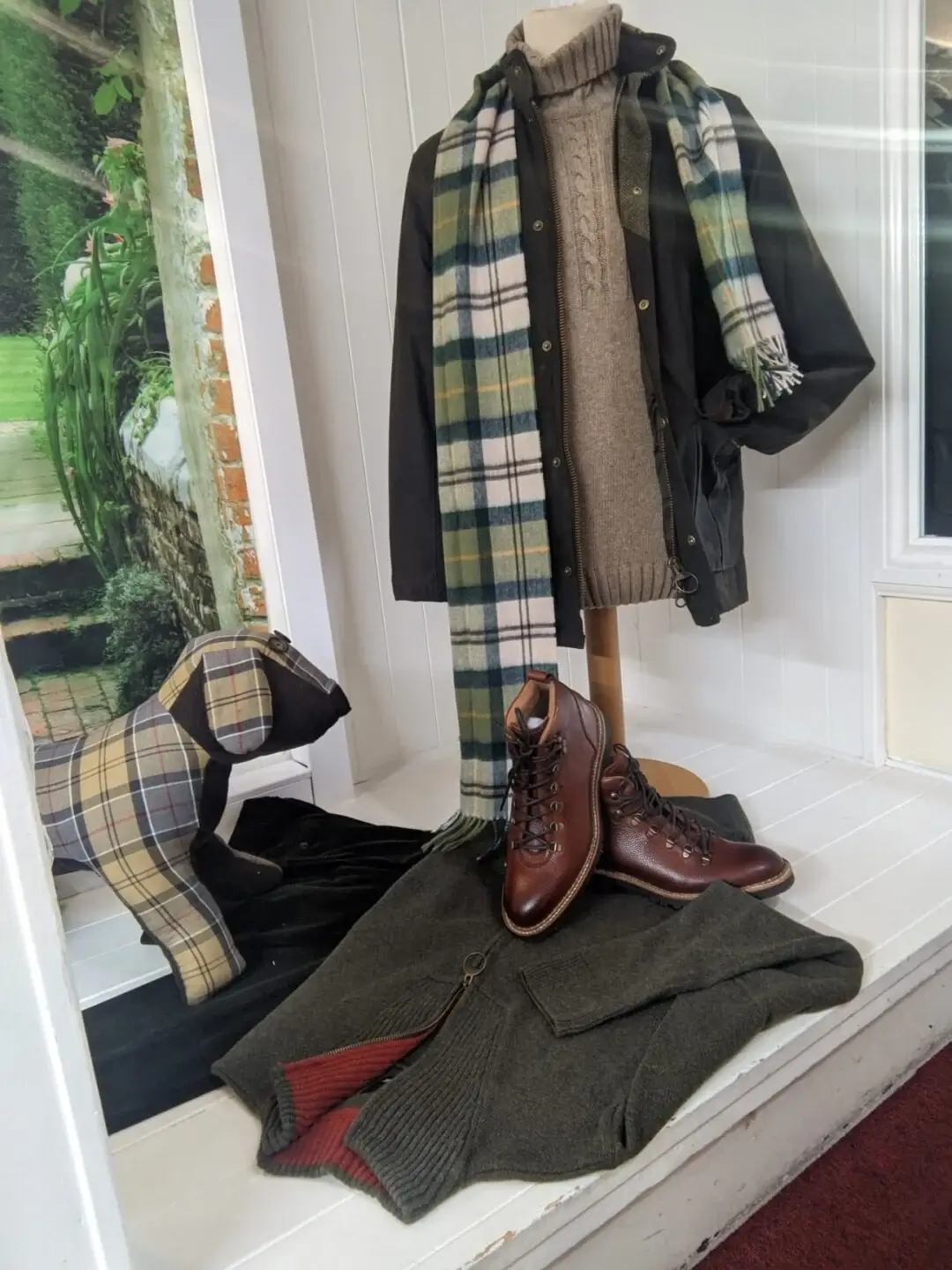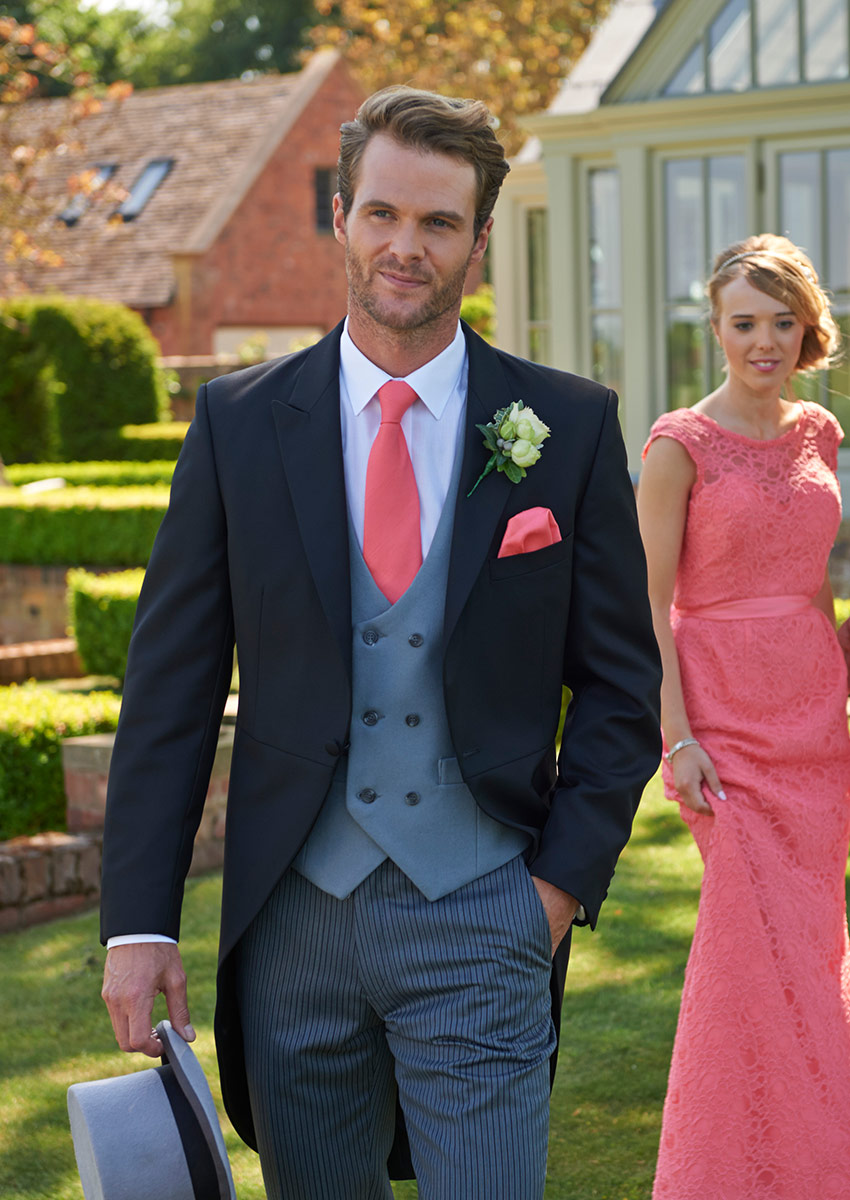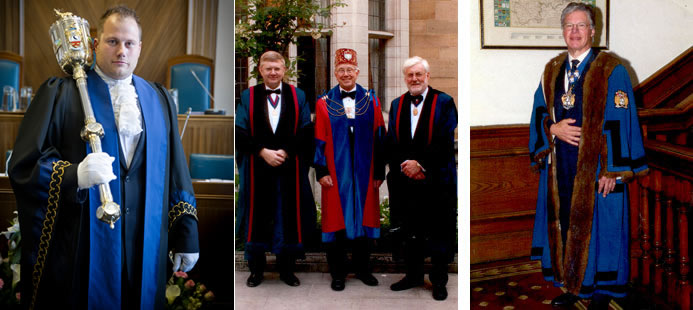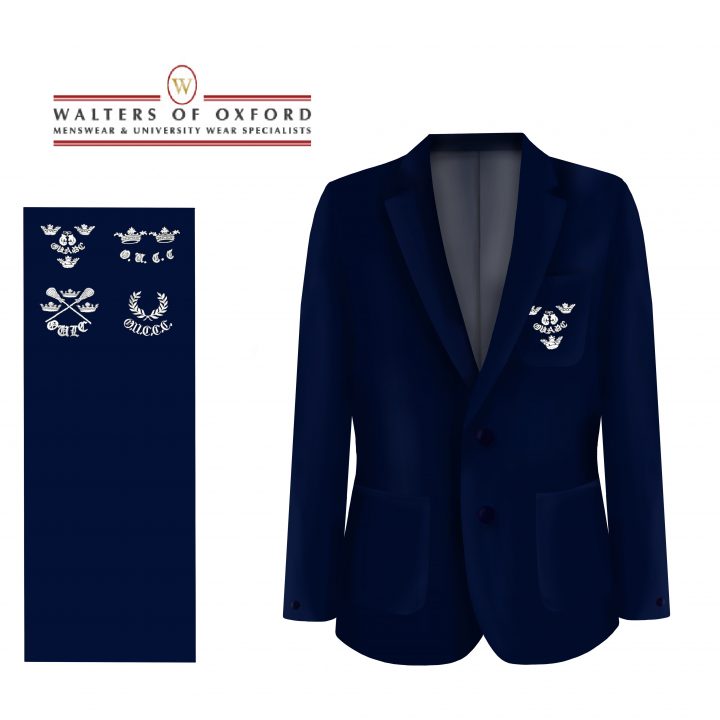Whether you are considering purchasing a made-to-measure, bespoke, or ‘off the peg’ suit, there is a lot of lingo used by tailors that may send your head into a spin!
No-one likes to be caught off guard with lots of fancy terms that mean nothing to them, especially on the spot in the shop.
We want you to feel fully ‘in the know’, so that you can walk into the shop, confident of what you are looking for in your new suit; it is essential that it fits perfectly and to your taste, so that as you wear it to work, business meetings, or to special occasions, you will feel confident and incredible from the get-go.
Made-to-measure vs bespoke:
These terms have different meanings but are often thought to be the same thing.
- Made-to-measure – this suit is made using a sewing machine and an existing pattern but is later finessed to fit your measurements.
- Bespoke – made by hand, completely from scratch, to fit your unique body shape and offers much more choice in terms of fabric and design elements.
Lapels:
These are folds on the front of the jacket that meet the shirt. These are typically designed in 3 styles.
- Notched – a triangle indent that sits on the chest and meets the collar of the shirt.
- Peak – a broader lapel which juts outwards and upwards along the collar bone. This is a more formal style lapel.
- Shawl – this doesn’t have any notches and is a more relaxed, draped lapel.
Collars:
Collars are designed in a variety of different ‘cuts’ / variations. The occasion / dress code or personal preference will determine which you choose. The main 3 collar styles are:
- A straight point collar – a collar with symmetrical points and comes in many different cuts – the most common being a cutaway / spread, semi spread or button down. You can choose whichever style collar according to your own preference – i.e traditional or contemporary.
- Wing (Collar) tip – the most formal type of collar to be worn with a bow tie, with two very small points at the front of the collar.
- Band (Grandad) collar – this type of collar is for more casual wear, with no tips and a small stand- up tab from the back of the neck round to the front. It can still be worn with an air of formality but cannot be worn with a tie or bow tie.
Trouser cuffs:
This refers to the bottom of the trouser hem, where it meets the shoe.
- Full break – usually accompanied by a pleated front to the trousers, the hem makes significant contact with the shoe creating an elegant ripple just above the hem. This is a popular choice for those who like the traditional style.
- No break – this is the more modern approach where the hem sits just above the shoe and is popular with slimmer body types, offering a more streamlined, clean look. Socks are more likely to be on show when seated, which is something to be considered.
The drop:
This refers to the shape of the suit and is the measurement difference between your jacket size and trouser size.
For example if your tailor says you need to “drop 4 (drop 6 is the standard size)’ – he is referring to the difference between your chest and waist size.
Waist suppression:
Some tailors will use this tool to accentuate the ‘V’ shape of the torso, where the shoulders are wide and the waist is narrower until it reaches the hips, creating a more tapered and masculine appearance.
Most ‘off the peg’ jackets will be loose fitting, so this can be rectified by suppressing the waist.
Vents:
These are the slits seen on the back of the suit jacket, and they can make a big difference to the way the jacket sits at the back.
A jacket vent should never be fully open as this indicates that the jacket is ill-fitting.
The 3 main types of vent are:
- Single centre vent – one slit in the centre of the back of the jacket is the most common and is mostly found on more casual suits.
- Double vent – one each side at the back of the jacket and considered to be more formal – best for mobility.
- No vent – usually found on tuxedos and other formal attire, resulting in a sleek, clean-cut look.
Thread count:
This may seem irrelevant but it does play a part in your choice of suit.
The thread count relates to the number of threads per square inch of fabric.
The recommended thread count for work is between 100-130 for durability of fabric, for a more luxurious garment 150+. The higher you go the less durable the fabric, so it’s important to consider what is best for your suit requirements.
Canvas:
Every suit will have fabric stitched or fused to its interior to give the suit shape, and over time as the suit is consistently worn it will adapt to your body shape.
The most common fabrics for canvassing are cotton, horsehair, camelhair or felt.







